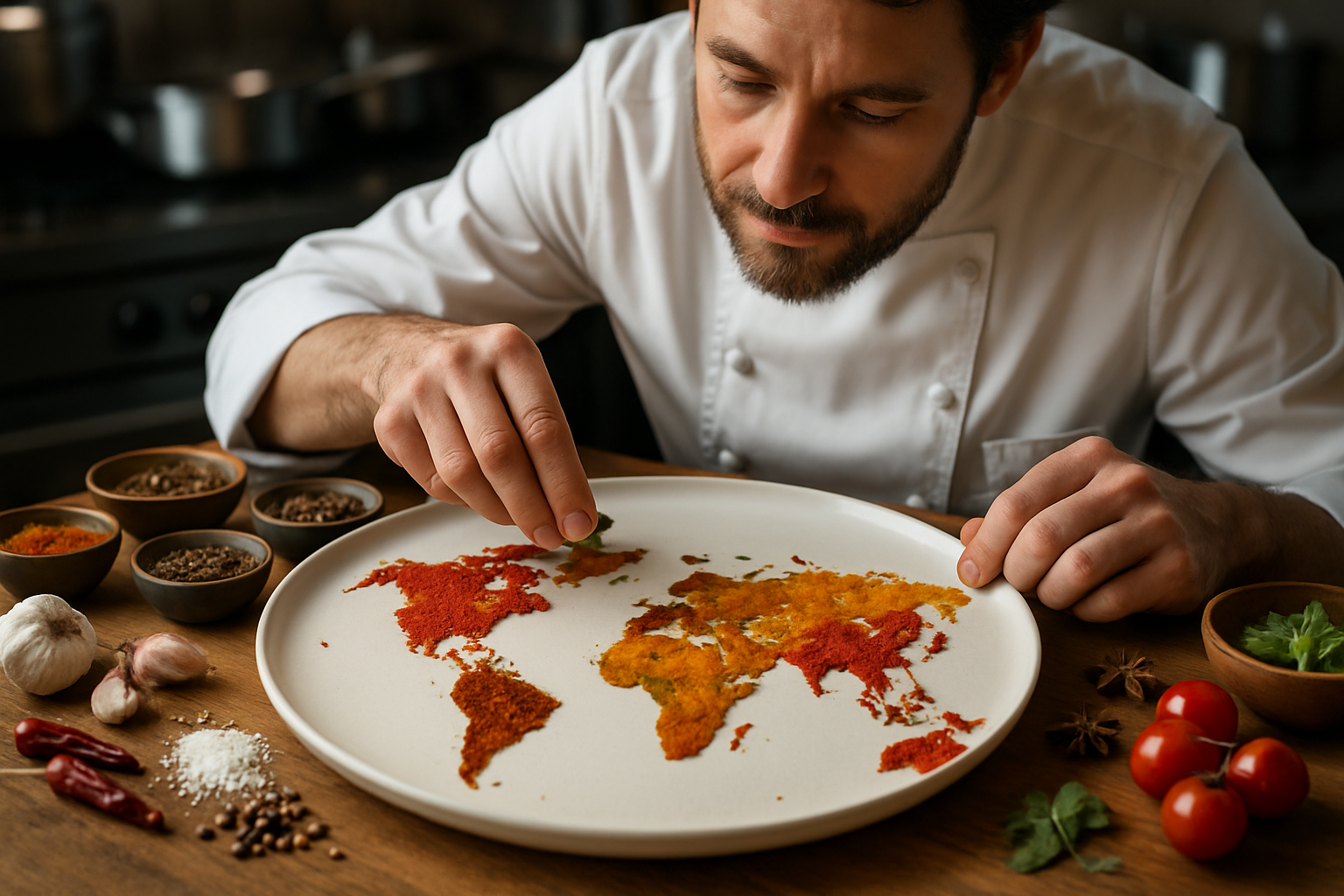Unveiling the Secrets of Mole: Mexico's Liquid Gold
Mole, the complex and rich sauce that's a cornerstone of Mexican cuisine, is more than just a condiment. It's a cultural icon, a culinary masterpiece, and a testament to the ingenuity of generations of Mexican cooks. This article delves into the world of mole, exploring its history, varieties, and the art of crafting this liquid gold that has captured the hearts and palates of food lovers worldwide.

A Rainbow of Flavors: Mole Varieties
While many associate mole solely with the chocolate-tinged mole poblano, there’s a vast spectrum of mole sauces, each with its unique character. Oaxaca, known as the “Land of Seven Moles,” boasts colorful varieties like negro (black), rojo (red), amarillo (yellow), and verde (green). Each region of Mexico has its own mole tradition, from the fruity mole manchamanteles of Puebla to the pumpkin seed-based pipián of Yucatán. This diversity reflects the rich tapestry of Mexican culinary traditions and local ingredients.
The Alchemy of Ingredients
At its core, mole is a harmonious blend of seemingly disparate ingredients. A typical mole might contain over 20 components, including various chili peppers, nuts, seeds, spices, fruits, and sometimes chocolate. The magic lies in how these ingredients are combined and balanced. Dried chilies form the base, providing heat and depth. Nuts and seeds add texture and richness. Spices like cinnamon, clove, and anise bring warmth and complexity. Fruits contribute sweetness to balance the heat. When chocolate is used, it’s not for sweetness but to add depth and help bind the sauce.
The Art of Mole-Making
Creating mole is a labor of love, often taking days to prepare. The process begins with toasting and grinding ingredients to release their flavors. Each component is prepared separately before being combined in a specific order. The mixture is then simmered for hours, allowing the flavors to meld and deepen. Traditionally, mole was ground on a metate, a stone tool used since pre-Columbian times. Today, while some traditionalists still use this method, many rely on blenders and food processors to achieve the sauce’s signature smooth texture.
Modern Mole: Innovation Meets Tradition
In recent years, innovative chefs have been reimagining mole, pushing the boundaries of this classic sauce. Some are creating fusion dishes that incorporate mole into non-Mexican cuisines, while others are experimenting with unconventional ingredients like coffee or seaweed. Vegan and health-conscious versions of mole are also emerging, using alternatives to traditional ingredients. These modern interpretations are introducing mole to new audiences while sparking conversations about culinary authenticity and evolution.
Mole Mastery: Tips and Facts
-
Toasting ingredients before grinding enhances their flavors and aromas.
-
Mole can be stored in the refrigerator for up to a week or frozen for several months.
-
The sauce is versatile and can be used with various proteins, vegetables, or as a base for soups.
-
Different types of mole pair well with specific dishes: mole negro with turkey, mole verde with fish or vegetables.
-
Making mole from scratch can be time-consuming, but jarred mole pastes offer a convenient alternative for quick meals.
-
Mole is not just a sauce; it’s often the star of the dish, with meat or vegetables serving as accompaniments.
As we’ve explored, mole is far more than a simple sauce. It’s a cultural treasure, a culinary art form, and a testament to the rich tapestry of Mexican gastronomy. Whether you’re savoring a centuries-old recipe or experimenting with modern interpretations, mole offers a journey through history, culture, and flavor. So the next time you encounter this liquid gold, take a moment to appreciate the complexity, artistry, and tradition in every spoonful.





